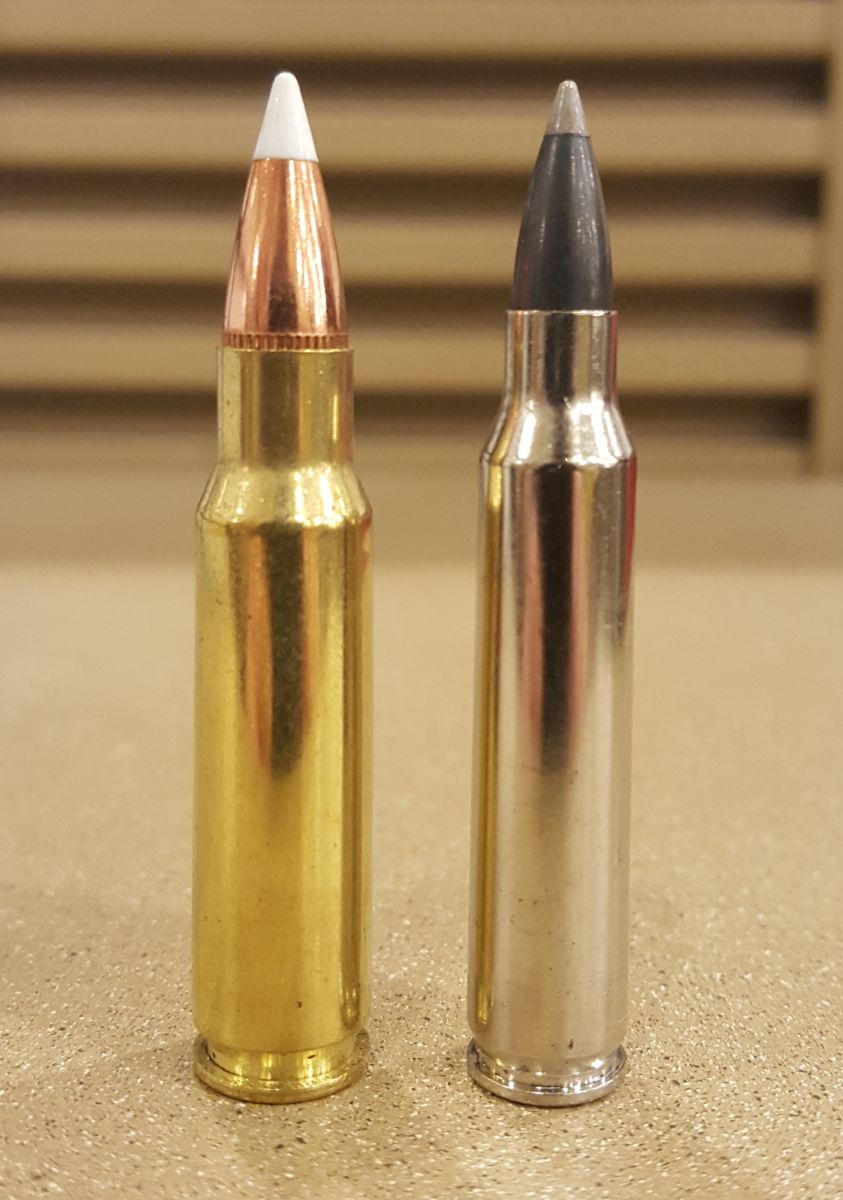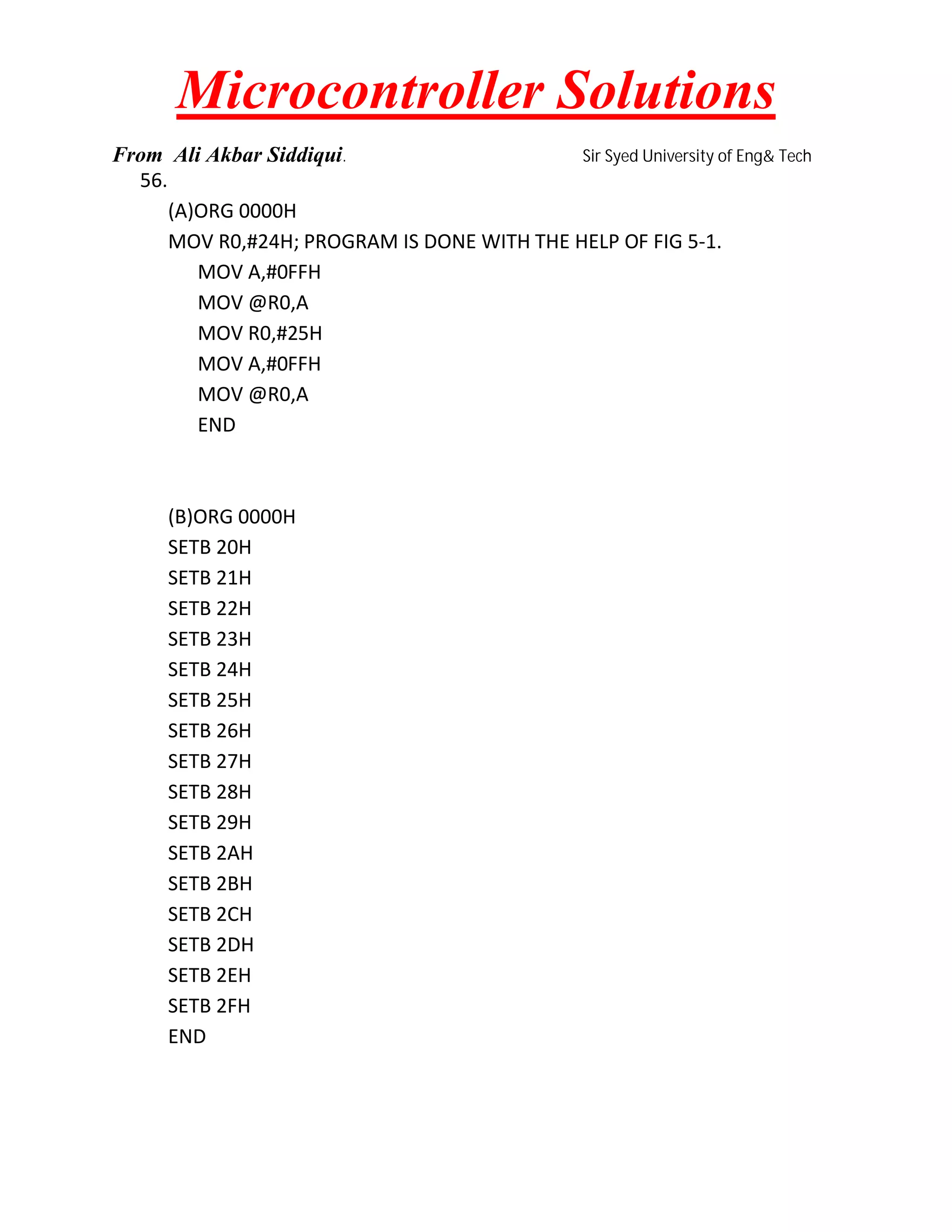6.8x51 Vs 5.56 - Best Advice: If you want to load a lot of ammo and have perfect accuracy out to 500 yards or more when in a light configuration, I recommend the 5.56x45mm aka .223 Remington.
If you are at 100-300 yards and want to take down the enemy with one shot, I recommend the 6.8x43mm Remington SPC (Special Purpose Cartridge).
6.8x51 Vs 5.56

Ladies and gentlemen, loyal blog readers, classmates and old friends of mine, today is one of my favorite blog topics: Ammunition.
Kernel Panic With Backtrace On Framebuffer
In the 1950s, the US Army sought a replacement for the heavier .308 Winchester (7.62x51mm NATO), which replaced the outdated World War II cartridge, the .30-06 (7.62x63mm). Remington was encouraged by ArmaLite and Springfield to develop Small Caliber/High Velocity (SVHC) bullets from CONARC (Continental Army Command) requirements, which were the .222 Remington and .224 Springfield. Springfield was forced to withdraw from the CONARC competition, leaving Remington to manufacture and supply ammunition. To avoid confusion between the .222 and .224, the bullet was renamed the .223 Remington. It is now the main pillar and backbone of the US armed forces and armed forces around the world and NATO.
The .223 is now the most produced small caliber rifle cartridge in the world, and rightfully so. Every country uses it and it is mass produced so that everyone can buy it in the shops. However, there were problems with bullet-stopping power in Vietnam. As a fan of modern military weapons, I am familiar with guns, their ammunition, and the limitations that their ammunition presents. For example, many times in Vietnam VC or NVA soldiers were shot multiple times and still miraculously got up and were shot back. In rare cases, some of them were shot, but turned -
You see, the 5.56 is a great and very accurate bullet, but the relatively small caliber and minute weight means that even if you can hit someone with precision, there isn't enough kinetic energy or terminal velocity to knock them down. .
The 5.56 was so weak in structure that during the Vietnam War it would disintegrate when fired at or in the path of grass. Grass! GRASS!
De Hattemer, 12 Oktober 2022 By Brugmedia B.v.
Now we go to the 6.8 Remington SPC. First, this bullet is not 6.8mm in diameter. To make things complicated, it's just called 6.8. It actually has a diameter of 7.0 mm and a case length of 43 mm. The length is 42.3 mm. Why it is 43mm long, I don't know.
This bullet was designed to replace the 5.56mm. The main case is the .30 Remington cartridge (7.8x52mm) and is slotted between the 5.56mm NATO and 7.62mm NATO rounds; like bridging the gap. It was co-developed by US SOCOM (Special Operations Command) for the Remington Arms short-barreled rifle (SBR). It is designed to address the terminal performance deficiencies of the 5.56 x 45mm NATO cartridge currently in service with the US Armed Forces. It should offer higher recoil than the 5.56 NATO/.223 Remington in an AR-like service rifle with minimal loss of wheel capacity and negligible increase in recoil.
However, the 6.8 is better suited to short-barreled or CQB rifles than the long-barreled configuration. The heavier bullet and smaller powder case prevent the bullet from being used at longer distances. It also performs better at close range than 5.56.

The energy of the 6.8 SPC round at 250 yards is equal to the energy of the 5.56mm muzzle end. At 600 yards it has the same energy as the 7.62x39mm R M43 at 275 yards, the M193 at 250 yards, and the M855 at 375 yards. 5.56mm can also be called M193 and M855, which have different weights.
Rummikub By Pressman
Simply put, the 6.8mm has 50% more kinetic energy at 100-300 yards, while the 5.56mm has the same energy only in the point range. (one point represents a range of 3-5 yards). At 500-600 yards it is 35% better than the 5.56mm.
Because the 6.8mm caliber is larger and has a greater cut density than the 5.56mm, it uses this energy more efficiently when damaging the terminal. You can increase performance slightly by using 110-grain ammo, which will give you more velocity and less drop in range. The slightly lower velocity of 115-grain ammunition, combined with more kinetic energy, makes this round less susceptible to deflection from soft cover such as leaves, glass (in the case of off-limits or bulletproof vehicles) and body armor.
And if you are wondering if 6.8 chambered upper receivers will fit 5.56 lower receivers, yes, 6.8mm upper receivers will fit AR lower receivers, but the bolt, bolt assembly, barrel, and gas tube must be modified, but no. Don't forget to use the special 6.8mm mag. For God's sake, watch out for thermal expansion. If you fire 6.8mm SPC ammunition from 5.56mm magazines, the heat generated can expand the magazines and cause life-threatening stoppage. Due to the larger diameter of the 6.8mm cartridge, the tolerances in the magnet are very small. Although the caliber is larger, the difference in recoil is not theoretically obvious and can be observed during rapid fire due to the smaller powder case.
OK, OK, OK, 6.8 greatly increases the chance of being neutralized or incapacitated by a first round. It goes without saying that different types of projectiles produce different results, and no matter what type of round is used, bullet placement is still important. However, this is not always possible, so introducing a larger caliber that fills the gap between 5.56mm and 7.62mm is critical to the safety of any soldier and is necessary in the fight against terrorism or for personal self-defense. PDW or Personal Defense Weapons.
Canon Gi 56bk Black Ink Bottle — Canon Uk Store
The 5.56mm can travel up to 3,250 feet per second. That's 990 meters per second. Or about one kilometer per second! Give it a quick run and make sure your face is still there, why not?
So, between the two bullets, I'd take the 6.8mm any day. Compared to the 5.56mm, it has more kinetic energy when it hits the target. It has more penetrating power than hoods and reinforced glass. And it has a one-shot kill ability. Still, 91 meters per second is slow, but come on! Are you more concerned with how fast the bullet hits the target than killing the target?
On the other hand, 5.56mm is overrated. Of course, in movies like Black Hawk Down and Were Were Soldiers and Act of Valor and Lone Survivor or whatever, he kills in one great shot. But the truth is, frontline fighters struggled with it from day one, and still do 60 years later. While cheap and almost non-lethal, it's still respectable. It is more accurate than 6.8 mm. And it's more for carrying lighter ammo.

But I have talked about the pros and cons of both bullets. Honestly, if I really want to guarantee a one-shot one kill ratio. I didn't want to either. I would go for 7.62x51mm.
Electronic Quiz Project With 8051 Microcontroller
This content is accurate and true to the best of the author's knowledge and is not intended to be a substitute for formal and personal advice from a qualified professional.
Yes...I agree with you, I'd rather carry just 150 rounds of 7.62x51mm than 200 rounds of 5.56x45mm 6.8mm Remington Special Purpose Cartridge (6.8 SPC, 6.8 SPC II or 6.8×43 mm) rimless intermediate bottle cartridge. Developed by Remington Arms in collaboration with members of the US Army Marksmanship Branch and the United States Special Operations Command.
To replace the 5.56 NATO cartridge in short-barreled rifles (SBR) and carbines. Based on the .30 Remington cartridge,
It is midway between 5.56×45mm NATO and 7.62×51mm NATO in diameter. It uses the same diameter bullet (usually not the same mass) as the .270 Winchester hunting cartridge.
Write A Program Using 8051 Instruction Set That Will
The 6.8mm SPC cartridge is designed to overcome the terminal ballistic deficiencies of the 5.56×45mm NATO cartridge currently in service with the armed forces of all NATO countries.
The cartridge was the result of a program of improved rifle cartridges. The 6.8 SPC (6.8×43mm) was originally developed by Master Sergeant Steve Holland and Master-at-Arms Chris Murray of the United States Army Rifle Division.
5.56 NATO/.223 Remington to offer higher recoil than an M16-style service rifle with minimal loss of wheel capacity and a slight increase in recoil.

The program started the design using a .30 Remington case modified in lgth to fit the magazine wells of the M16 family of rifles and carbines currently in service with the US Armed Forces.
Sig Fury Cartridge: Everything You Need To Know
In tests comparing bullets of different calibers using the .30 Remington parts case, Holland and Murray found that:
0 Comments